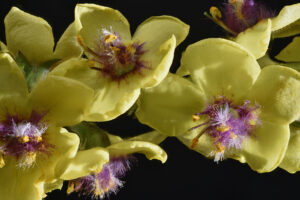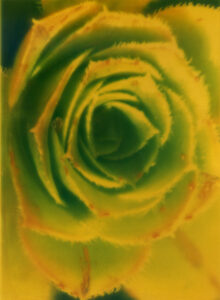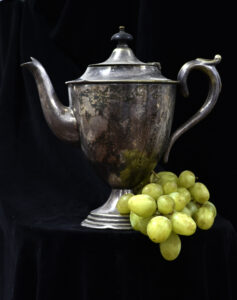-
October 31, 2024 - November 3, 2024
9:30 am
 Four Colour Carbon Transfer Advanced.
Four Colour Carbon Transfer Advanced.
This workshop teaches students how to transfer four colour carbons onto clear glass, white opal glass and various metals.
The Glass and metal surfaces enhance the relief on the surface of the carbon.
ABOUT THE CARBON PROCESS
The carbon process, initially a black-and-white process using lampblack (carbon black), was invented by Alphonse Poitevin in 1855. The process was later adapted to color, through the use of pigments , by Louis Arthur Ducos du Hauron in 1868.
Carbon photographs were the preferred process of the top echelon of commercial photographers in the 2nd half of the 19th century. Commercial printing houses of this time showed that carbon photographs were up to three times more expensive than even platinum.
WHY CARBON
The relief accentuates sharpness giving a three-dimensional quality. By hand making tissue you can produce images in any color. The archival quality makes it the most stable of all photographic processes.
Carbon has a long tonal scale with excellent straight-line characteristics, negatives with long density ranges create an even distribution of tones from the highest lights to the deepest shadows.
ABOUT THE WORKSHOP:
-
- Make CMYK carbon tissues
- Make registration negatives
- Use pin a registration method for glass & metal, tissue and negatives
- Sensitise & expose the tissue
- Transfer each colour tissue onto the final support.
This is a slow time consuming process that creates unique images with an enduring life.
The Workshop is limited to 2 participants
All materials and lunches are provided.


